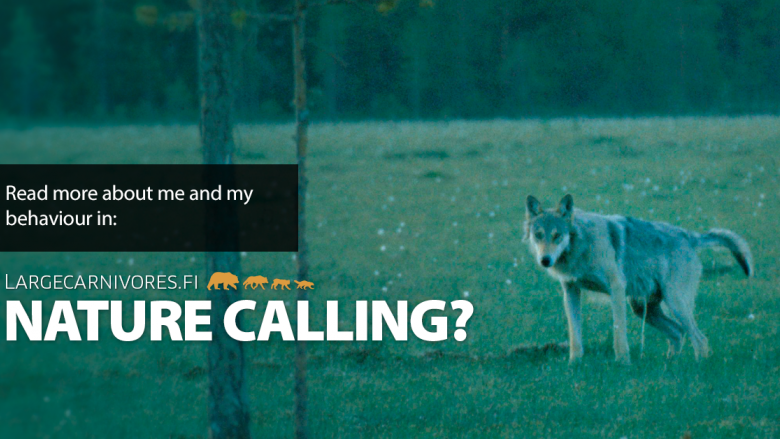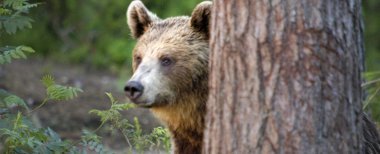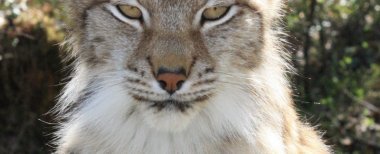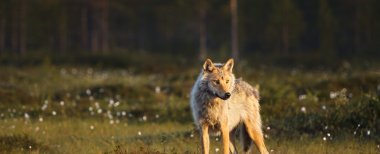latest news
Learn about large carnivores in Finland at largecarnivores.fi

Large carnivore populations are increasing in numbers and spreading to new areas in Europe, thanks to the conservation measures that have been taken. This has aroused considerable interest in large carnivores but also given rise to some concern and public debate.
Finland has long experience in conserving large carnivores and managing their populations, and indeed there is wide interest abroad in the Finnish policy on large carnivores. This is why the Finnish suurpedot.fi website is now also available in English at largecarnivores.fi. This allows us to give information and take part in the exchange of information and views on large carnivores across Europe.
Largecarnivores.fi website offers a lot of information on the four large carnivores in Finland: wolf, bear, lynx and wolverine. Besides the highly popular details on the species and their tracks there is information on the conservation and management of large carnivores and their position in society.
“We wish to tell about the varying interests relating to large carnivores from the perspective of management, conservation or, for example, reindeer husbandry,” says Sami Niemi, Ministerial Adviser at the Finnish Ministry of Agriculture and Forestry.
The English language website is an information window on large carnivores in Finland for the international media, NGOs and all those interests in the matter.
The website is maintained by the Finnish Ministry of Agriculture and Forestry, Metsähallitus, the Finnish Wildlife Agency, the Natural Resources Institute Finland and the Ministry of the Environment.
Inquiries:
Sami Niemi, Ministerial Adviser, Ministry of Agriculture and Forestry, Finland, tel. +358 295 162 391, forename.surname@mmm.fi
News archive
Information on large carnivores in Nordic countries
SKANDULV - wolf research in Scandinavia. SKANDULV is working on issues connected with wolf ecology and administration. The main questions concern wolf populations, movement patterns, genetics, ecosystem effects etc.


